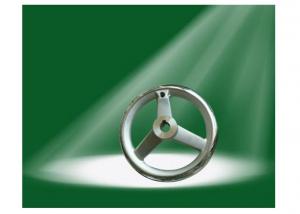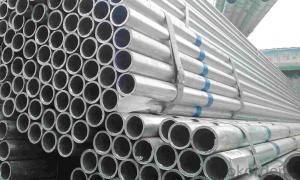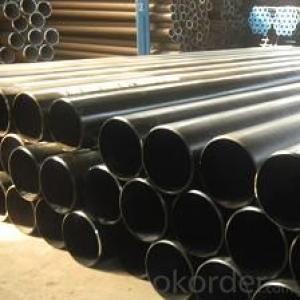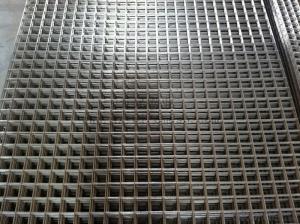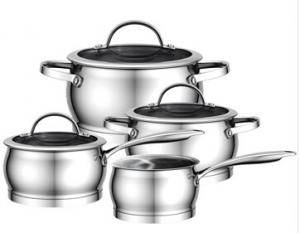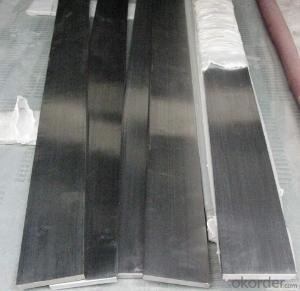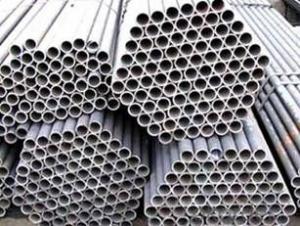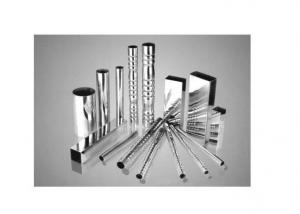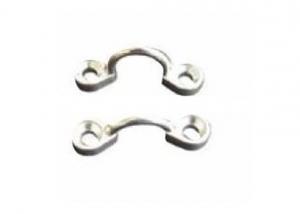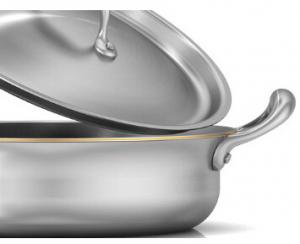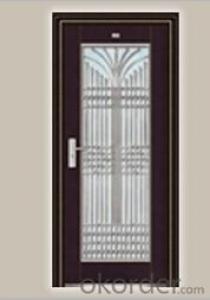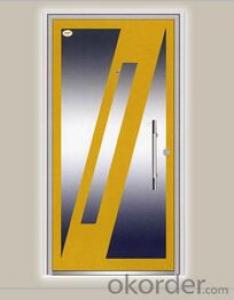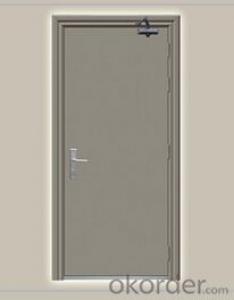Fingerprintless Stainless Steel
Fingerprintless Stainless Steel Related Searches
Stainless Steel Fingerprints Stainless Steel Stainless Stainless Steel Finger Guard Non Magnetic Stainless Steel Food Grade Stainless Steel Laser Cut Stainless Steel Blender Stainless Steel Stainless Steel Neckless Stainless Steel Hardware Liquid Stainless Steel Metal Stainless Steel Density Stainless Steel Magnetic Stainless Steel German Stainless Steel Laser Engraving Stainless Steel Forever Stainless Steel Surgical Stainless Steel Colored Stainless Steel Dark Stainless Steel Welded Stainless Steel Vinegar Stainless Steel Gun Stainless Steel Faux Stainless Steel Tarnished Stainless Steel Piercing Stainless Steel Chain Stainless Steel Spatula Stainless Steel Stainless Steel Door Stainless Steel Pistol Stainless Steel SheetmetalFingerprintless Stainless Steel Supplier & Manufacturer from China
Fingerprintless Stainless Steel is a unique type of stainless steel that has been treated to resist the formation of fingerprints and smudges, making it an ideal choice for various applications where a clean and sleek appearance is desired. This product is particularly popular in the manufacturing of kitchen appliances, architectural decorations, and other household items that are frequently touched or exposed to the elements. The fingerprint-resistant coating not only enhances the aesthetic appeal but also makes cleaning and maintenance a breeze.Fingerprintless Stainless Steel is widely used in both residential and commercial settings, as it offers a durable and low-maintenance solution for surfaces that are prone to fingerprints and dirt. This product is especially suitable for high-traffic areas such as kitchens, bathrooms, and public spaces, where maintaining a pristine appearance is crucial. The fingerprint-resistant finish helps to keep surfaces looking clean and new, even with regular use, and reduces the need for frequent cleaning and polishing.
Okorder.com is a leading wholesale supplier of Fingerprintless Stainless Steel, offering a vast inventory of this product to cater to the needs of various industries and customers. With a commitment to quality and customer satisfaction, Okorder.com ensures that the Fingerprintless Stainless Steel products they provide meet the highest standards of durability and performance. By partnering with Okorder.com, businesses can access a reliable source of Fingerprintless Stainless Steel, enabling them to offer high-quality products to their customers and maintain a competitive edge in the market.


















